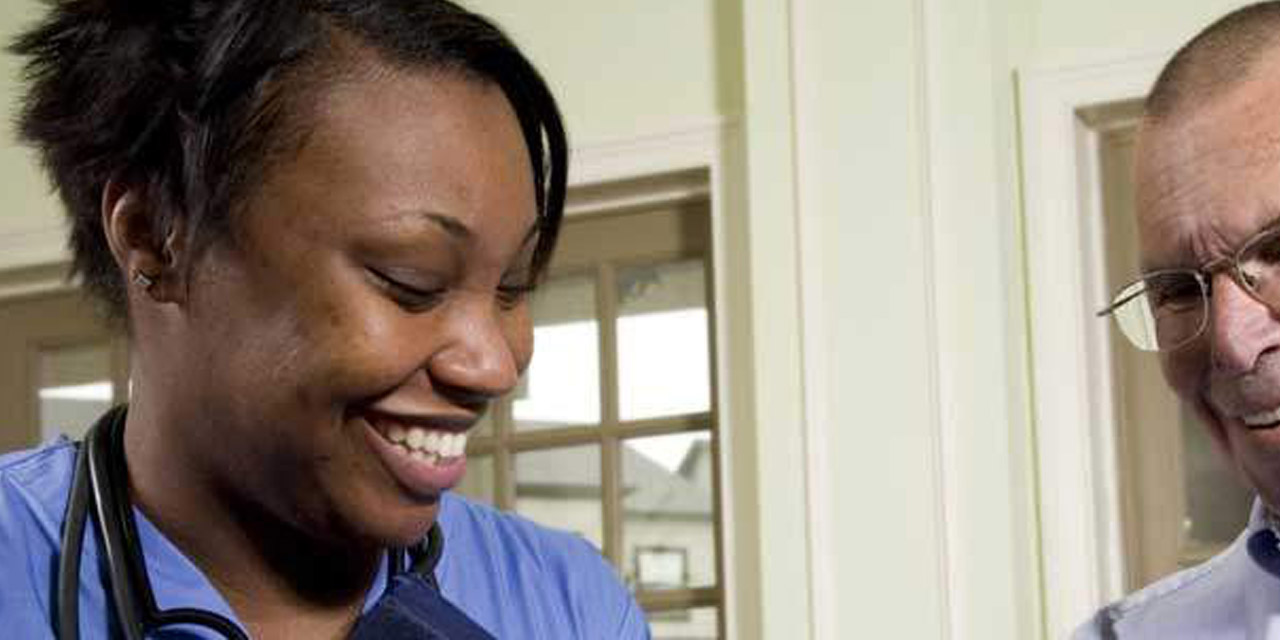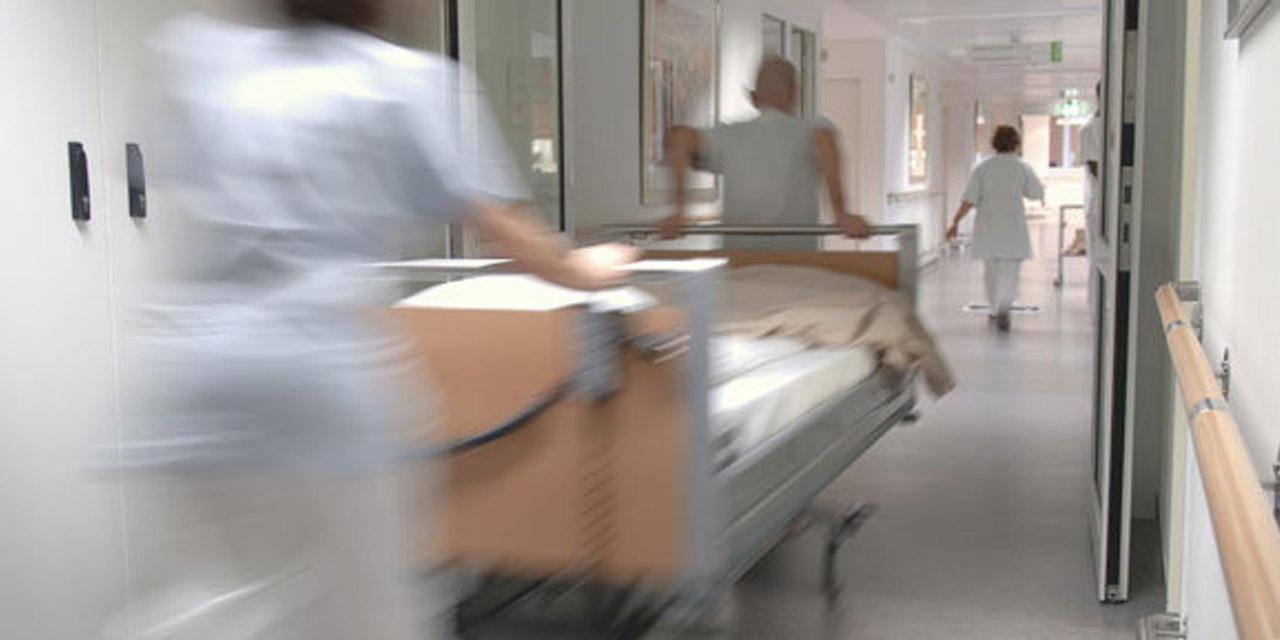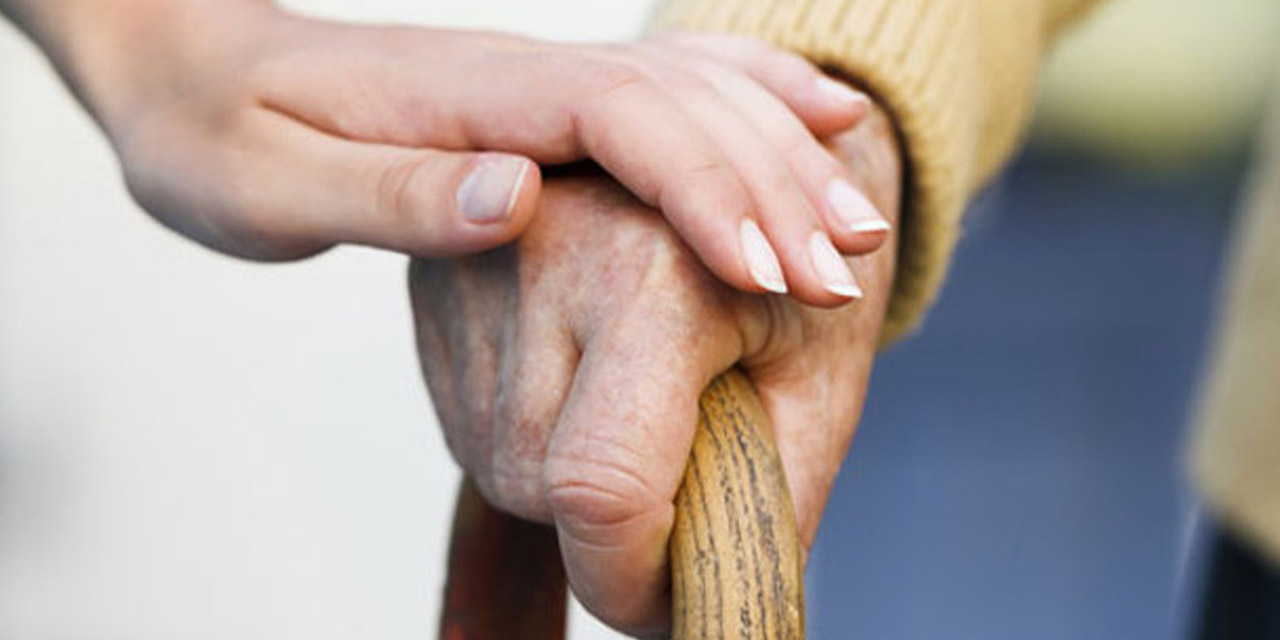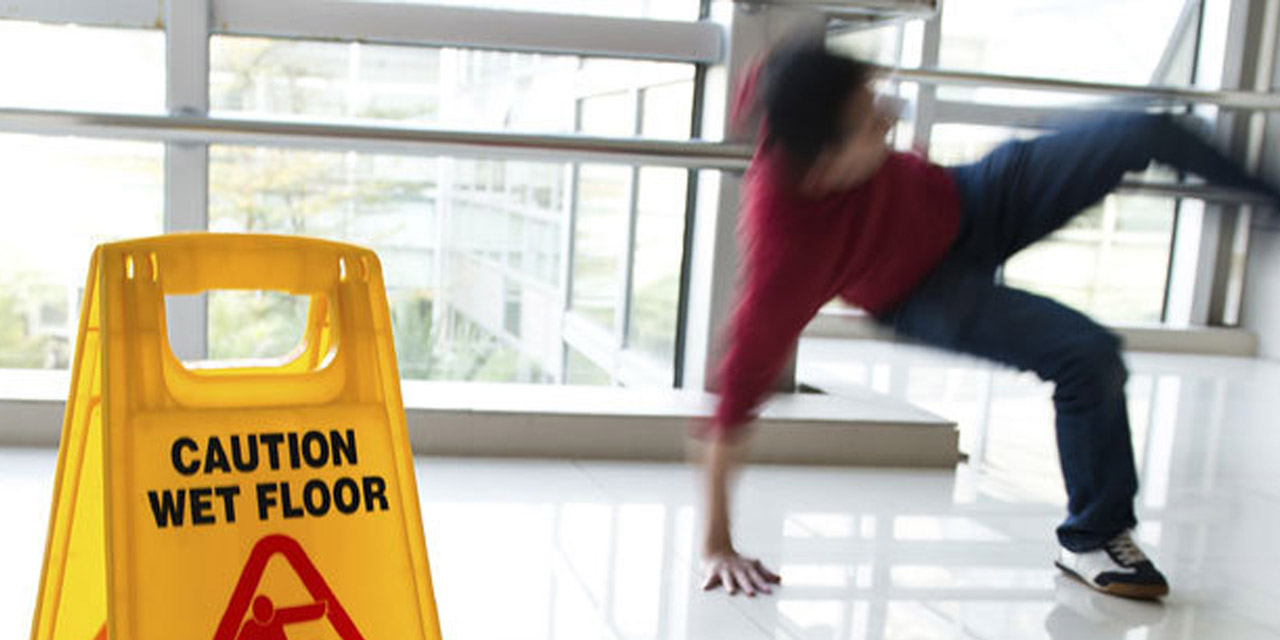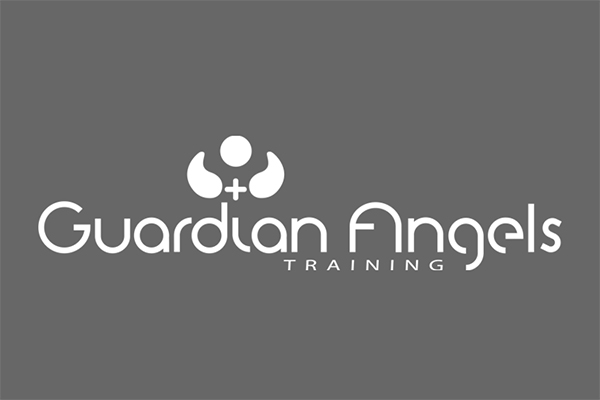
Positive Behavioural Support (PBS) Training
Positive Behavioural Support (PBS) training is essential for teachers, health care workers, and people who care for anyone with behaviour that impacts upon their quality of life. Although originally designed for individuals with a learning disability, it has been found to be highly successful for anyone with behaviour that impacts on their quality of life. PBS techniques looks simple at a glance, but introducing and applying them to your care can be difficult.
What is PBS?
PBS is a person-focused methodology that aims to improve the daily life of individuals who need support with their behaviour and communication needs. Its methods are proven to support development in motor skills, communication, and behaviour, removing the need for any restrictive practices that often lead to injury or worse.
To develop PBS strategy, you first need to understand the individual. Everyone is different, and they will respond differently to certain methods depending on their personality and their learning difficulties. PBS is effective for both children and adults, but the latter may take longer to adapt to new methods.
Here are the main goals of PBS:
- Improving their home environment
- Teaching them new skills
- Helping them communicate
- Creating cultural changes so all caregivers can respond positively to the individual
Using PBS techniques is the best way to care for someone with behaviour that impacts on quality of life. It is proven to reduce the frequency of challenging behaviour and leads to fewer stressful situations for the carer and the cared for. Most importantly, PBS removes the need for any harmful restrictive practices and instead focuses on preventing challenging behaviour, not just reacting to it.
What are Restrictive Practices?
Restrictive practices are most commonly restraining an individual when they show challenging behaviour. Not only is this traumatic for them, but puts the carer, teacher, or healthcare professional at risk too.
These practices are not only traumatic but they restrict the individual’s development to. People with learning difficulties will become less responsive and will not learn motor and communication skills that can enhance their life and make their time in care more enjoyable.
The RNN (Restraint Reduction Network) is a registered charity whose goal is to eliminate all restrictive practices across the UK and beyond.
‘The Restraint Reduction Network Training Standards apply to all training that has a restrictive intervention component and will provide a national and international benchmark for training in supporting people who are distressed in education, health, and social care settings.
‘These Standards will ensure that training is directly related and proportional to the needs of populations and individual people and that training is delivered by competent and experienced training professionals who can evidence knowledge and skills that go far beyond the application of physical restraint or other restrictive interventions.’ – The RNN
Our courses follow the RNN Training Standards, so you know that all PBS Facilitators and Coaches are teaching the best practices possible.
What are the 3 Stages of PBS?
PBS practices are split into three parts: Primary Prevention, Secondary Prevention and Reactive Strategies.
PBS Primary Prevention
Primary Prevention is what you, as a caregiver, will integrate first. It involves improving the environment and general life of the individual, so can be done from day 1 as soon as you’ve received PBS training.
A lot of these strategies involve the individual’s environment. This can be as simple as changing the room they spend time in, to choosing what you can use to help them develop their skills.
Primary Prevention also involves triggers and reinforcement. This involves learning what triggers could lead to behaviour that impacts on quality of life and removing them before the individual is affected. This is most often used when taking them out and about, choosing a less busy shop or café or a quieter route away from traffic is an example of effective primary prevention.
Finally, reinforcement is key to removing and reducing challenging behaviour. Questions to ask are:
- What caused the challenging behaviour?
- What made it last longer than it should’ve?
- What was the most effective method to calm them down?
- How can I encourage and support good behaviour?
Primary Prevention will be covered early in a PBS course and will be tailored to you and the individual’s needs once they’ve developed an understanding of your goals and existing methods.
PBS Secondary Prevention
Secondary Prevention involves techniques a caregiver, teacher or healthcare worker will use while spending time with the individual. They are strategies you should use all the time, as well as spotting and preventing things that lead to challenging behaviour.
Noticing the early signs is a crucial element of secondary prevention. If the individual becomes stressed or upset, seeing this early and removing the triggers will result in a lot less challenging behaviour. These signs vary from person to person, but if you spend a lot of time with the individual the early signs will be easy to notice. Typical signs include:
- Pacing
- Becoming quiet or unresponsive
- Avoiding eye contact
- Acting nervous or agitated
If you see any of these, you use the final part of Secondary Prevention, known as ‘taking action’. This involves removing triggers, giving the individual more personal space, distracting them with something they like or moving other people away. In these situations, moving the individual is discouraged, and instead you should change who or what is around them.
Keeping calm is essential in these situations. Comprehensive PBS training is key to remaining professional and knowing how to deescalate a situation without making it more stressful.
PBS Reactive Strategies
PBS Prevention Techniques are proven to reduce the amount of challenging behaviour from the individual but won’t remove it entirely. When these techniques aren’t enough, you need to use reactive strategies.
You’ll learn what strategies work in your PBS training course and understand which are necessary and when to use them. These methods are agreed on beforehand, and approved by a healthcare professional who understands the individual’s learning difficulties.
Here are the 4 levels of reactive strategy, from least intrusive to most.
- Increase Personal Space – Give them room to calm down
- Breakaway Procedures – Remove yourself and others from the room
- Medication – Give them pre-prescribed medicine to calm them
- Ethical Restraint* – For a short time to maintain the safety of all
*Should only be used as a last resort as part of a pre-approved care plan.
If you use PBS strategies well, you’ll rarely need to use these procedures. However, this means you need to be well-trained in Reactive Strategies so you can react quickly and safely.
Example learning outcomes would include:
- Apply knowledge of PBS and confidently communicate essential information to those they lead or manage
- Use and analyse a range of assessment tools and checklists
- Describe interventions which increase quality of life through the development of capable environments
- Demonstrate and lead interventions that increase the capability of their service to meet the needs of those people supported
- Develop and write clear PBS plans for staff teams to follow and evaluate the quality of PBS plans
- Explain the role of functional behaviour assessment and to ensure that they and their teams can present appropriate information for this assessment
- Create a clear action plan for developing and embedding PBS in their service
- Define the practice leadership role and demonstrate competence in the use of specific coaching skills
- Discuss the impact of stress on staff wellbeing and be able to identify signs of stress and burnout in their teams
More about PBS Training
PBS is essential for effective care and is proven to be the best way to reduce challenging behaviour and make the day-to-day life of an individual better. These techniques should be used by all carers, teachers, and healthcare professionals to remove the use of restrictive practices.
To learn more about our PBS courses, or any of the courses we offer, please get in touch, or browse our blog for more advice and information.
Footnote
Guardian Angels’ preferred terminology for “challenging behaviour” is behaviour that impacts on the individuals quality of life. This is because the term challenging behaviour has been misunderstood and misused for decades.
Other terminology includes:
- behaviour because of unmet needs
- behaviour that challenges
- distressful behaviour

